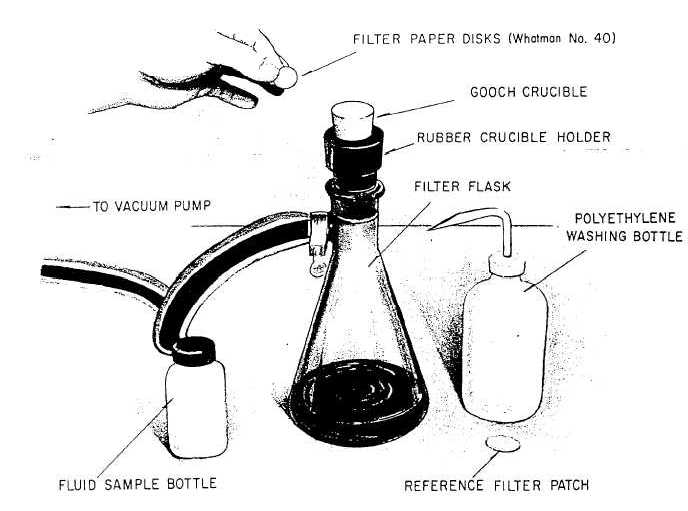As an aid to exercising contamination control, the following maintenance and servicing procedures should be adhered to at all times:
1. Maintain all tools and the work area (work- benches and test equipment) in a clean, dirt-free condition.
2. A suitable container should always be provided to receive the hydraulic fluid which is spilled during component removal or disassembly procedures.
NOTE: The reuse of hydraulic fluid is not recommended; however, in some large-capacity systems, the reuse of fluid is permitted. When liquid is drained from the latter systems, it must be stored in a clean and suitable container. This liquid must be strained and/or filtered as it is returned to the system reservoir.
3. Before disconnecting hydraulic lines or fittings, clean the affected area with an approved dry-cleaning solvent.
4. All hydraulic lines and fittings should be capped or plugged immediately after disconnecting.
5. Before assembly of any hydraulic components, wash all parts with an approved dry-cleaning solvent.
6. After cleaning parts in dry-cleaning solvent, dry the parts thoroughly and lubricate them with the recommended preservative or hydraulic liquid before assembly.
NOTE: Use only clean, lint-free cloths to wipe or dry component parts.
7. All packings and gaskets should be replaced during the assembly procedures.
8. All parts should be connected with care to avoid stripping metal slivers from threaded areas. All fittings and lines should be installed and torqued according to applicable technical instructions.
9. All hydraulic servicing equipment should be kept clean and in good operating condition.

Figure 10-37. - One example of a hydraulic liquid contamination test kit.
Continue Reading